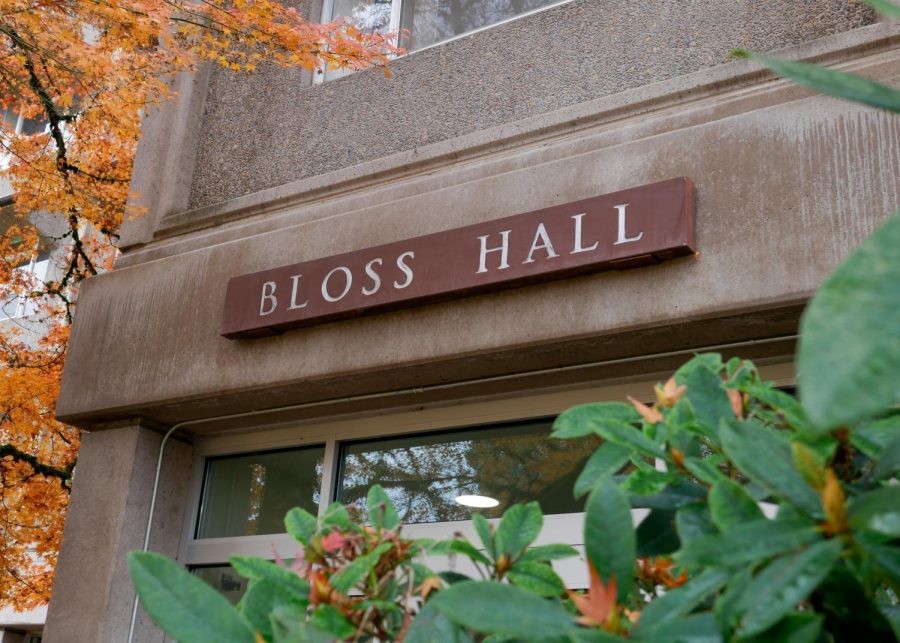OSU residence halls adapt as COVID-19 cases rise
January 4, 2021
With the increase of COVID-19 cases around the state of Oregon, the residence halls on Oregon State University’s campus and the staff working in them are taking measures to keep themselves and the students living there safe.
There are several actions that staff in the halls put into effect for residents who live in these dorms are to follow in order to prevent the spread of COVID-19.
Face coverings are mandated to be worn when walking around the building and going to the restrooms. Staff who are constantly around the halls are quick to remind residents to wear a mask if they forget to wear it at first. Students are required to wear a mask and if they do not comply, a residential staff will document or “write up” the individual.
“University Housing & Dining Services is treating it similarly to a conduct process when residents break policies,” said Cindy Nguyen, academic learning assistant.
Certain common space areas are being closed off or have a maximum capacity limit to prevent gatherings. These include shared spaces such as lounges, kitchens and laundry rooms. There is also a no outside guest policy where students are not allowed to enter another resident hall.
A “COVID Cash” system was started in the resident halls as a way to encourage students to continue wearing a mask and staying safe.
“This term, we implemented ‘COVID Cash’ which is a way to incentivize wearing your mask in the hall by acknowledging a resident’s actions to help reduce the spread, and giving them a piece of ‘cash’ to enter their name into a lottery for a gift card,” said Mia McAdams, resident assistant.
Interactions between residents and the staff have been limited to being done over Zoom like how remote instruction is for classes.
“A majority of my work as an ALA is doing outreach to residents through email and Zoom,” said Jiemyjoyce Reduque, academic learning assistant. “The outreach is difficult as many of my interactions with residents last year happened in person such as workshops and office hours.”
The capacity is at about half the maximum, but the numbers vary among the different resident halls. The buildings are less crowded compared to previous years which reduces the spread. There are residents living in triples when there are only two people in the room or doubles if there’s only one person which helps to maintain social distancing
Most of the residents have chosen not to come back to campus until the first week of winter term.
The COVID-19 guidelines and restrictions in Oregon have not greatly affected how the resident halls are operating as they continue to follow the same rules and policies. Minor occasional adjustments are made by the staff for the unexpected situation. The university does wastewater testing for the resident halls on campus and it helps them estimate the presence of COVID-19 in certain buildings to call for mass testing via TRACE-OSU.
“I think all in all the actions being taken have been decent so far because we have not yet experienced any real outbreak in the hall,” McAdams said.








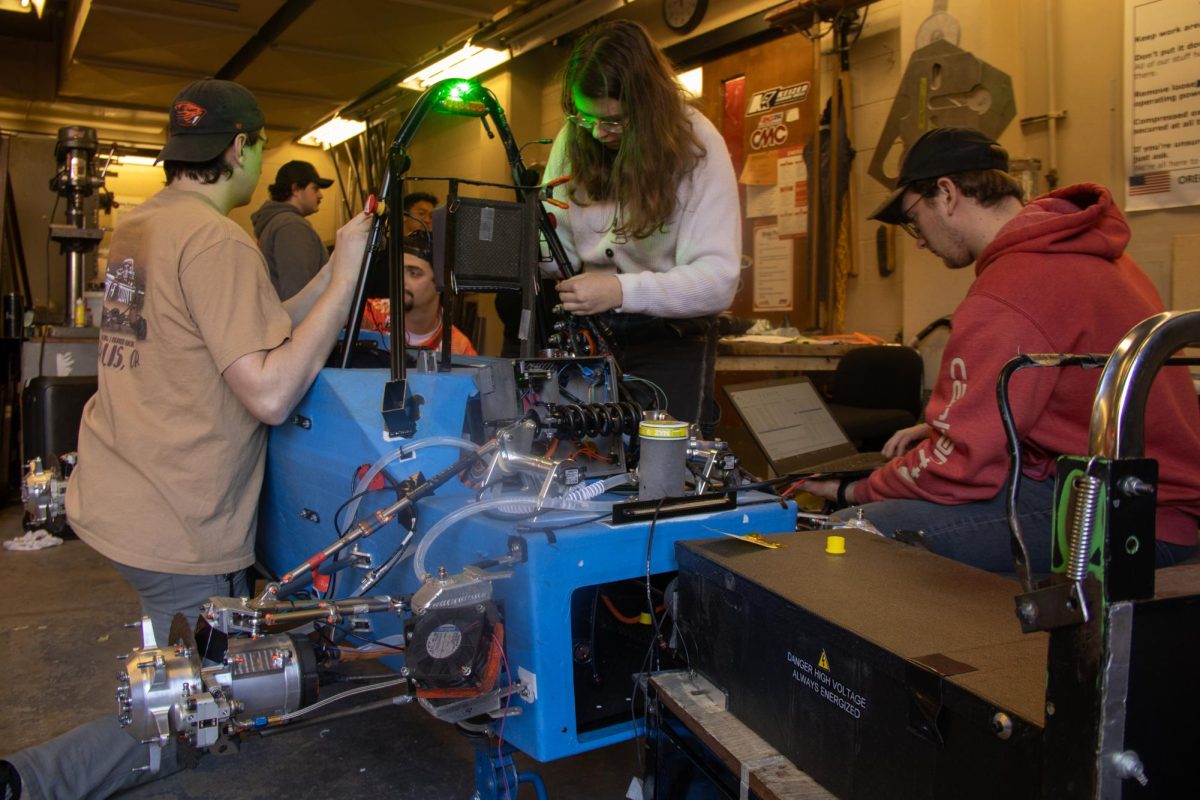

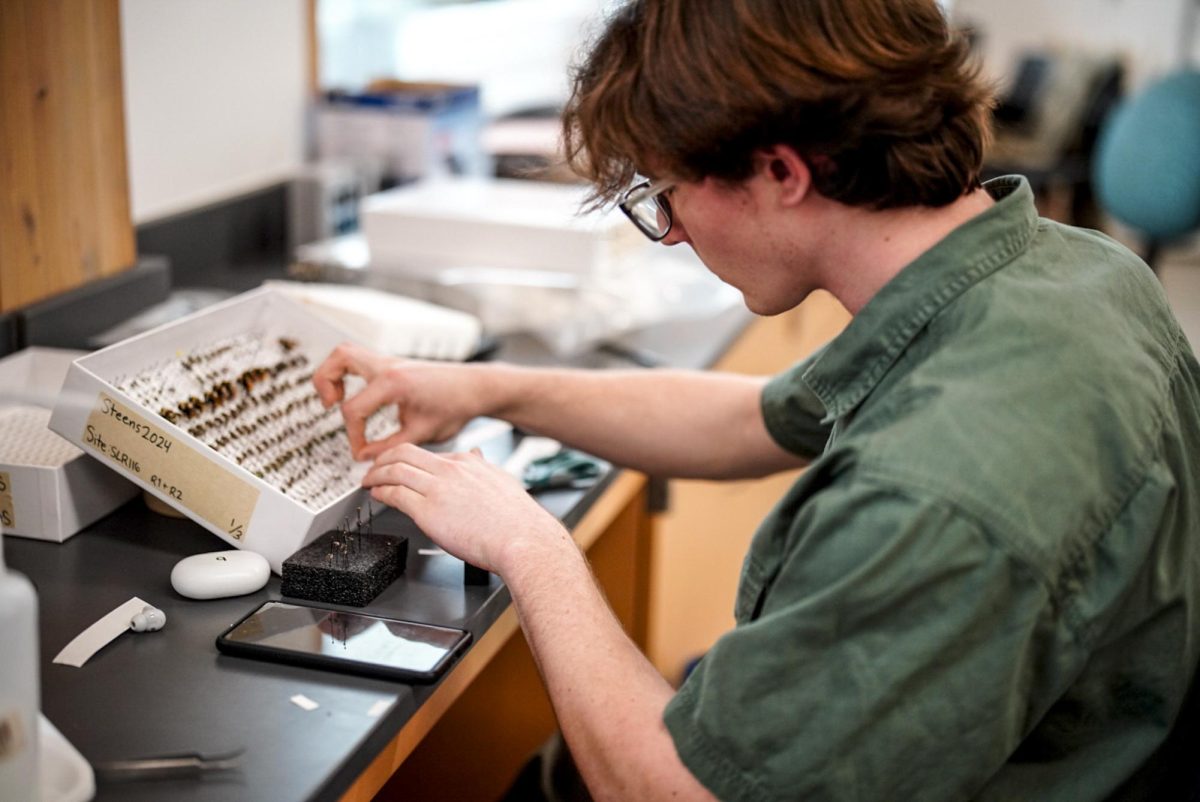
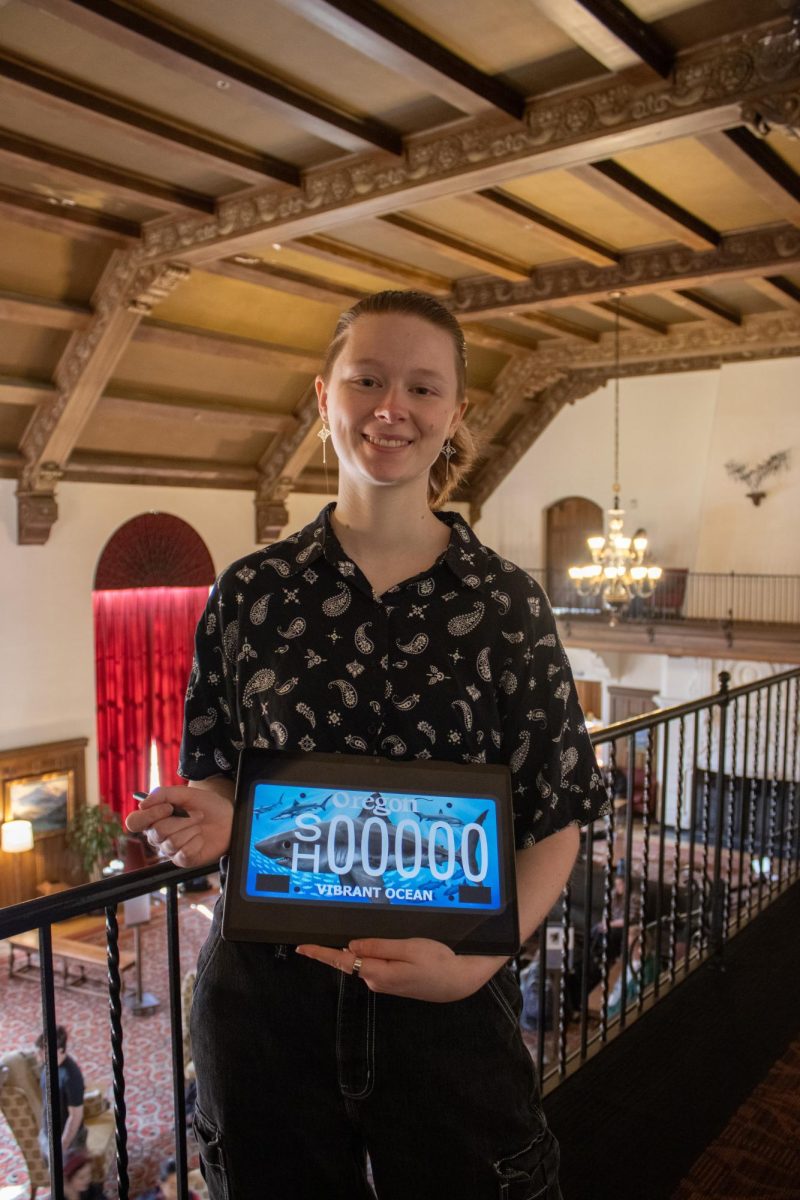


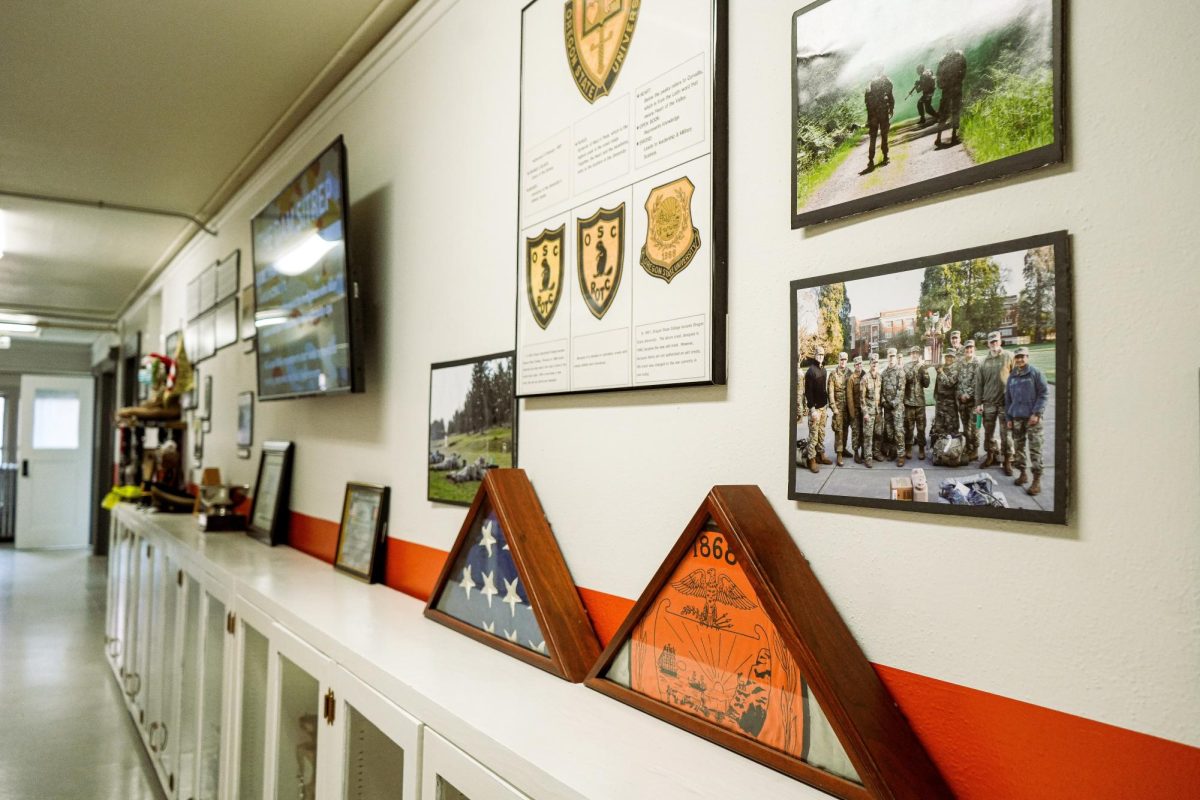
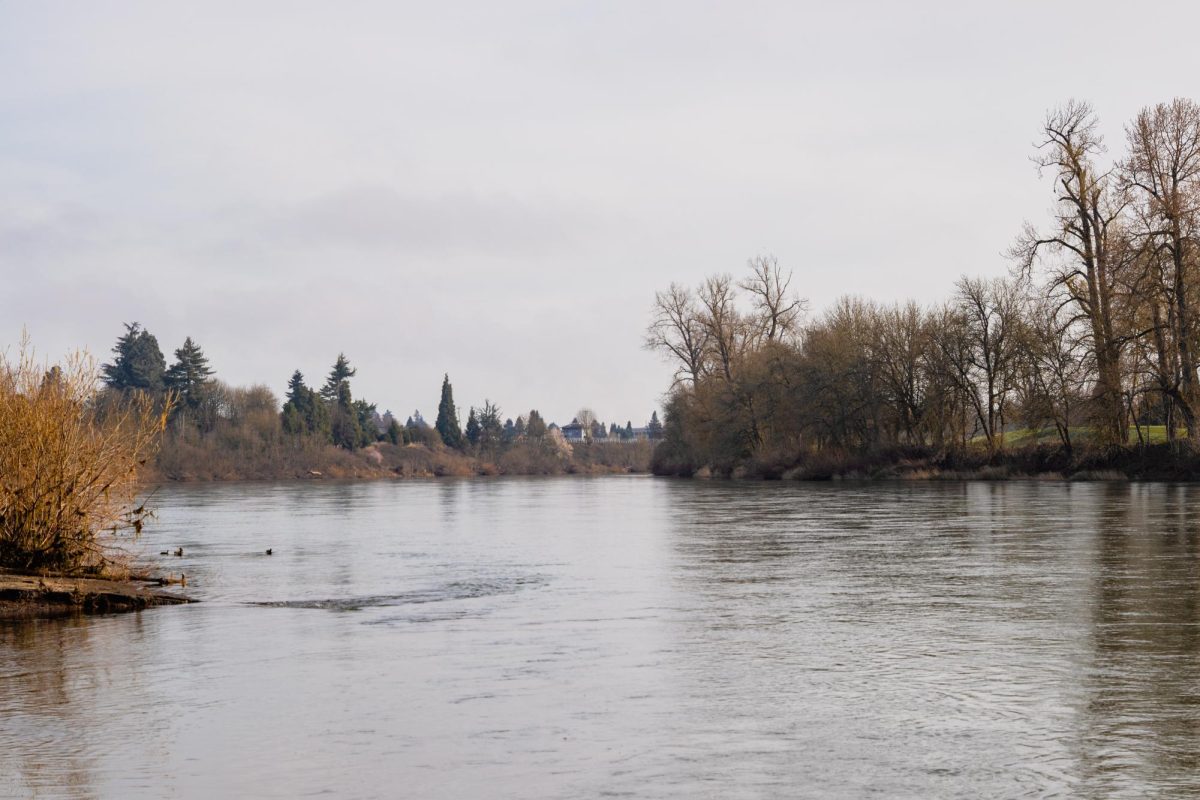




































































![Newspaper clipping from February 25, 1970 in the Daily Barometer showing an article written by Bob Allen, past Barometer Editor. This article was written to spotlight both the student body’s lack of participation with student government at the time in conjunction with their class representatives response. [It’s important to note ASOSU was not structured identically to today’s standards, likely having a president on behalf of each class work together as one entity as opposed to one president representing all classes.]](https://dailybaro.orangemedianetwork.com/wp-content/uploads/2025/03/Screenshot-2025-03-12-1.00.42-PM-e1741811160853.png)























